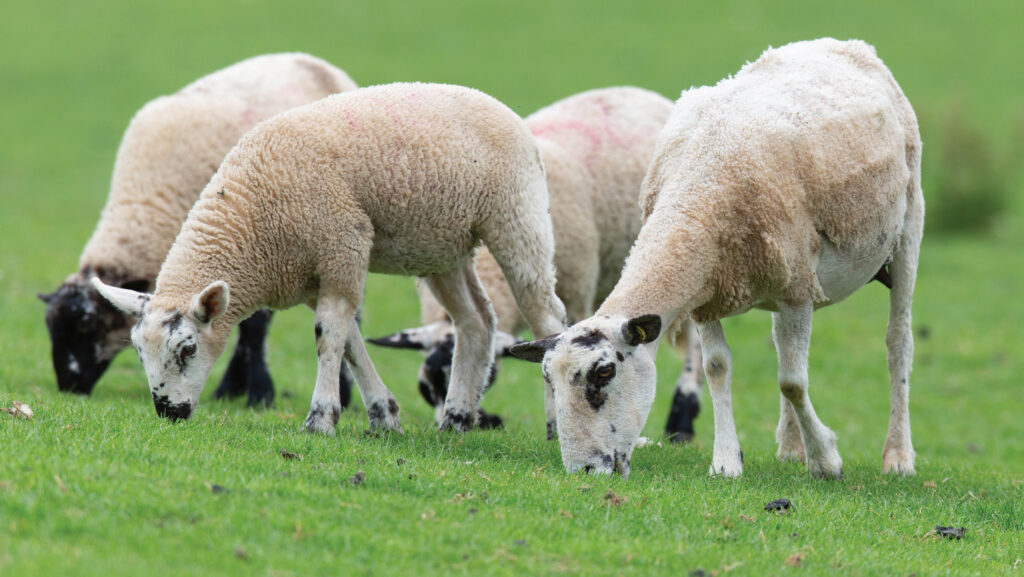Lamb trade inspires confidence for new Scottish farmers
 © Tim Scrivener
© Tim Scrivener The current lamb trade should be a green flag for those hoping to enter the industry in Scotland and who might be deterred by falling farm incomes and challenging policies, according to the National Sheep Organisation (NSA).
While farm incomes for lowland cattle and sheep have dropped by 87%, according to the Scottish government’s Farm Business Survey (2023-24), the NSA says those entering the industry should be confident.
See also: Farm incomes lift for dairy and livestock as cereals drop
“The current lamb trade should be a green flag to those continuing and entering the industry.
“With quick turnovers and low fixed costs, sheep farming is often a good step on to the farming ladder,” said Angus sheep farmer Peter Myles, who is also NSA Scottish region chairman.
However, Mr Myles warned that with flock contraction seen in Scotland and the wider UK, there is a growing feeling of jeopardy within the sheep sector, made worse by various land use policies that hinge on destocking upland areas.
“Let’s hope those with profitable systems aren’t hampered by anti-farming policies,” he said.
Farm incomes
Average farm business income – a measure of farm profit after costs – fell for all farm types in 2023-24, according to estimates from the Scottish farm business income survey.
Income is estimated at £35,500 in 2023-24, a fall of 51%, its lowest level since 2019-20, after adjusting for inflation.
Lowland cattle and sheep farm income fell by 87% to £2,600, marking the largest drop in income across livestock farm types, largely driven by falls in livestock output.
The average income of less favoured area (LFA) livestock farms also decreased by 32% to £17,400.
The survey also showed that fewer farms made any profit without including support payments in 2023-24.
For LFA sheep farms, no farms in the survey made a profit without support payments, down from 8% of farms in the previous year.
QMS response
Quality Meat Scotland (QMS) expressed concern that, despite a 16% increase in prime lamb prices and a 9% rise in cattle prices in Scotland from April 2023 to March 2024, along with a decrease in the cost of production for many key commodities, profitability has continued to decline.
QMS also noted that it remains uncertain whether additional upward pressure on producer prices in the April 2024 to March 2025 period will result in improvements.
In response to concerns about the decline in herd and flock numbers, QMS chief executive Sarah Miller said: “Our modelling shows significant economic potential for the livestock sector if we take collective action to reverse the downward trend in breeding herds and flocks, boosting confidence and investment.
“A thriving red meat supply chain would not only strengthen the economy but also support the social and economic fabric of Scotland’s rural communities.”
